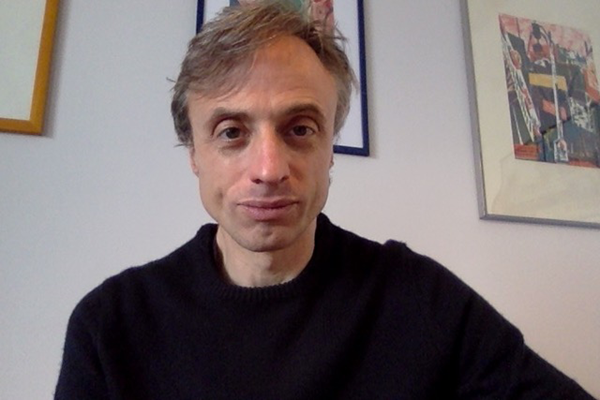
Abstract:
Microbial metabolic networks perform the basic function of harvesting energy from nutrients to generate the work and free energy required for survival, growth and replication. Despite major differences in environmental and genetic factors, metabolism generates strikingly robust physiological signatures across different organisms. This suggests that metabolic activity may be organized according to general principles, the search for which is a long-standing issue. Most theoretical schemes addressing this problem assume that cells optimize specific objective functions (like their growth rate) under broad physico-chemical or regulatory constraints. While useful and appealing, the idea that some objectives are being optimized is hard to validate in data. Moreover, it is still not clear how optimality can be reconciled with the high degree of single-cell variability observed within microbial populations. To shed light on these issues, we propose an inverse modeling framework that connects fitness to variability by inferring metabolic flux distributions from data. While no clear objective function emerges, we find that, as the medium gets richer, Escherichia coli populations approach the theoretically optimal performance defined by minimal reduction of phenotypic variability at given mean growth rate. These results suggest that bacterial metabolism is fundamentally shaped by a population-level trade-off between fitness and cell-to-cell heterogeneity.
Speaker: Dr. Andrea De Martino, Rome University La Sapienza.

Speaker bio:
Andrea De Martino graduated in theoretical physics at SISSA (Trieste) and subsequently worked in Berlin and Rome before moving to Turin in 2015. He is with the Computational Biology Unit at IIGM (Italian Institute for Genomic Medicine). His research focuses on the physics-biology interface.
Host: Shawn McGlynn, ELSI.
Date: Fri, 23 April, 16:30-17:30 JST (Fri, 23 April, 07:30-08:30 UTC)
Venue: Online
